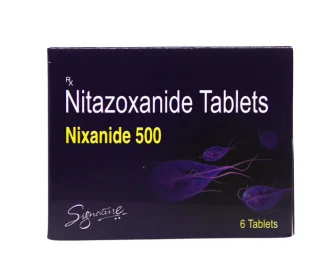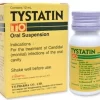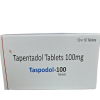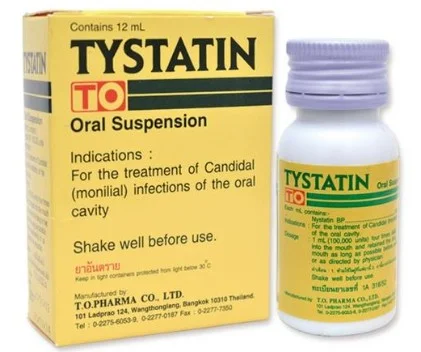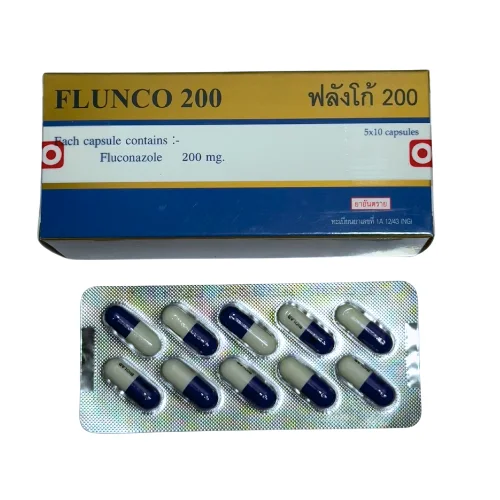Nitazoxanide
$15.00
Nitazoxanide is a broad-spectrum antiparasitic and antiviral medication used to treat gastrointestinal infections caused by parasites, bacteria, and viruses. It effectively combats conditions like giardiasis, cryptosporidiosis, and viral infections such as rotavirus and norovirus. Known for its safety and minimal side effects, nitazoxanide is commonly prescribed for both children and adults, providing a convenient, short-course treatment option.
